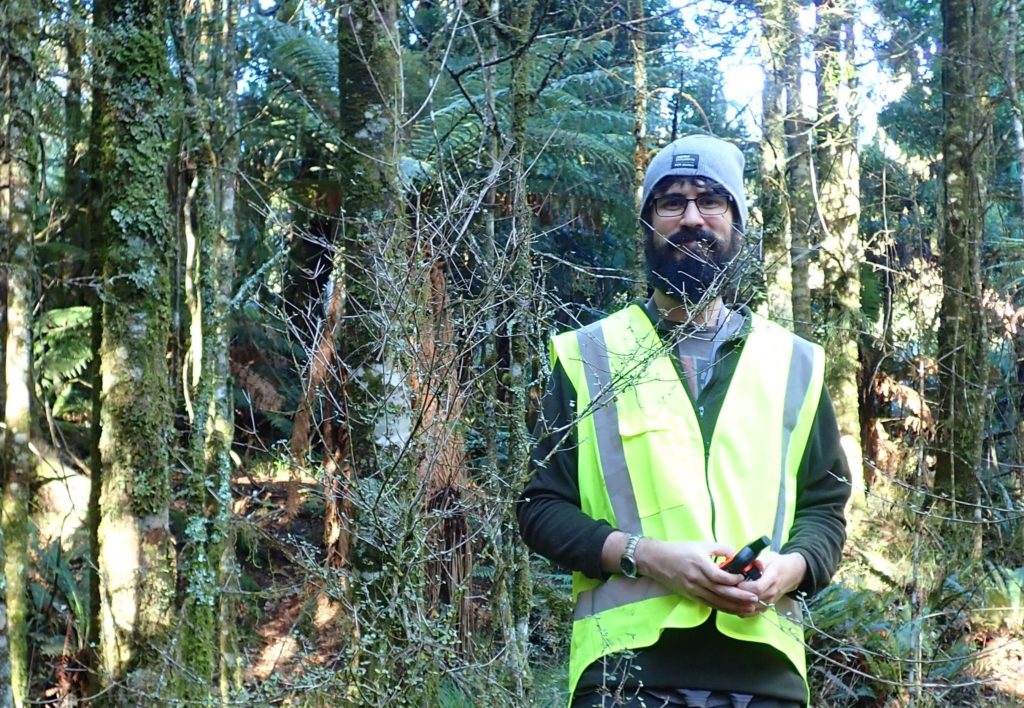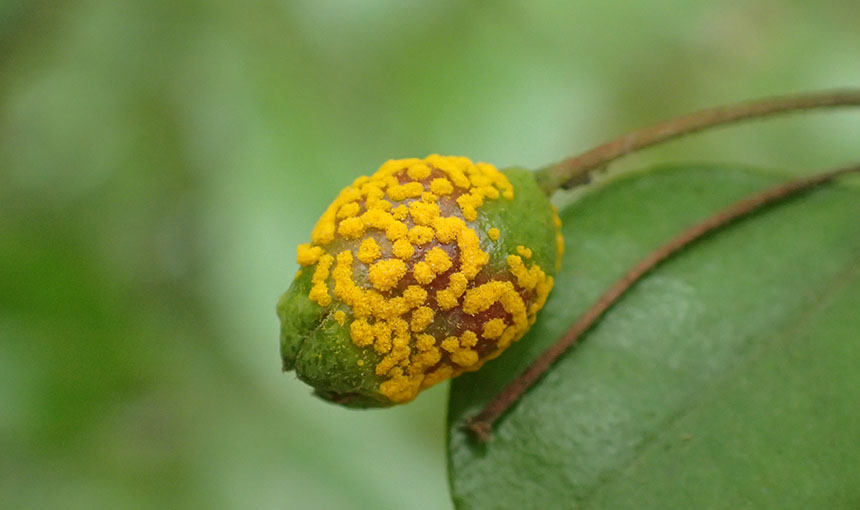Taking a look at the sex life of myrtle rust
The sex life of myrtle rust is coming under the microscope in new research investigating how the pathogen is reproducing around Aotearoa.

The invasive pathogen infects native New Zealand trees in the Myrtaceae family, such as pōhutukawa and mānuka, causing dieback and potentially death.
It was first detected in New Zealand in March 2017 and is now prevalent throughout the upper North Island, being recorded as far south as Greymouth.
Researcher Dr Michael Bartlett says we need to better understand the way myrtle rust (Austropuccinia psidii) is reproducing in order to predict how the pathogen will adapt to the New Zealand environment.
“If long-term management of myrtle rust involves breeding trees for pathogen resistance, then understanding pathogen diversity and adaptability will underpin the success of its management.”
Pathogens can either reproduce asexually, cloning themselves, or sexually, which involves a recombination of genes.
The more a pathogen reproduces sexually, the easier it can adapt to a new environment.
Michael says he will use genetic markers to measure how much genetic recombination is happening in the wild. He will also use experiments to find out what makes myrtle rust switch from clonal to sexual reproduction.
Based at Crown Research Institute (CRI) Scion, Michael is part of the Beyond Myrtle Rust: Towards Ecosystem Resilienceprogramme.
To find out how you can help, visit https://www.myrtlerust.org.nz/
The Beyond Myrtle Rust programme aligns with the BioHeritage goal of Tiaki (Protect): managing risks from harmful organisms.
